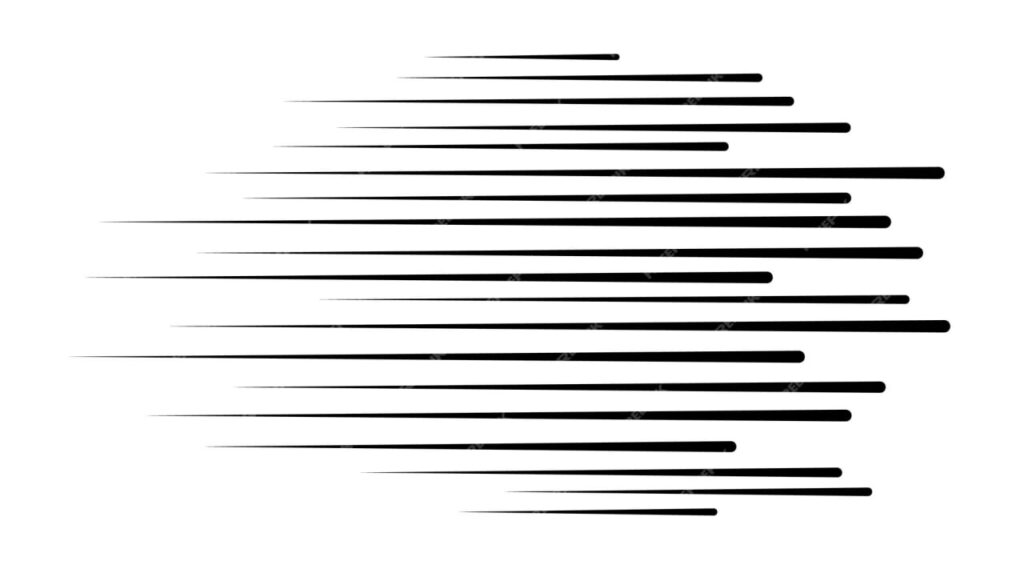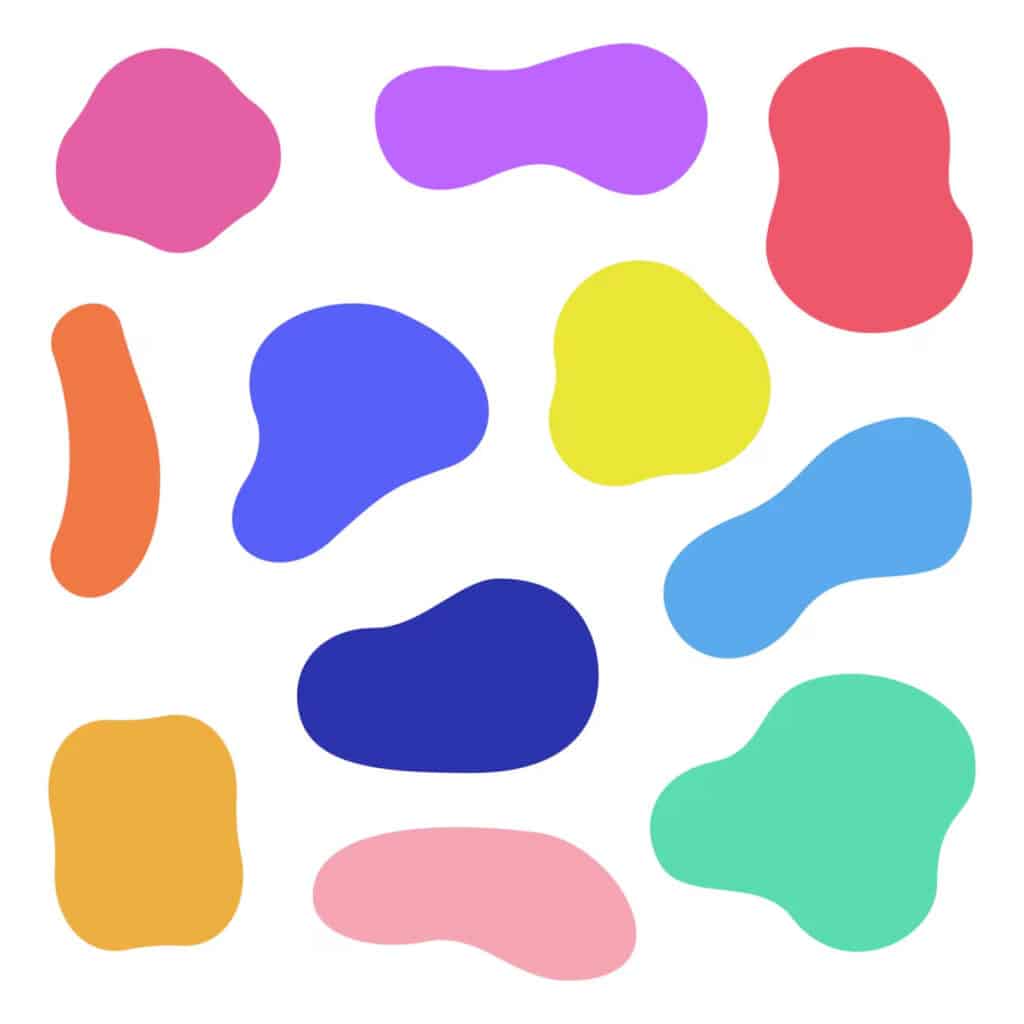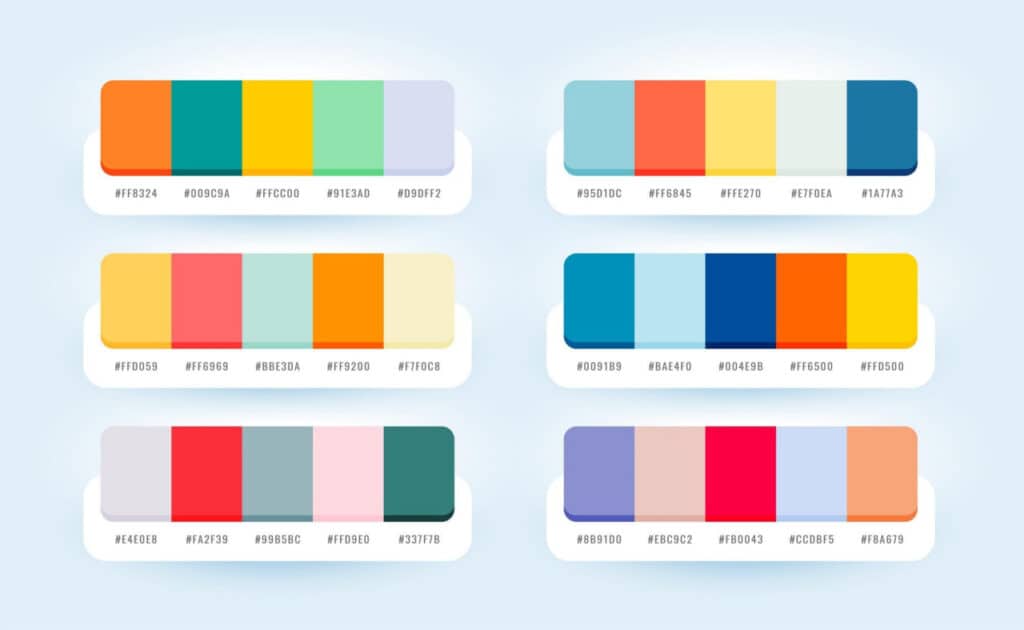Design Service
Home » Design Service
Elevate your digital presence with our cutting-edge web design and UX services. Our team combines technical expertise with creative flair to deliver websites that are not only visually stunning but also user-friendly and optimized for conversions. We focus on creating seamless, intuitive interfaces that provide optimal user experiences across all devices.


Role Of Graphic Designer
Graphic Designers create visual concepts to communicate information. They create everything from posters and billboards to packaging, logos and marketing materials. Graphic Designers use elements such as shapes, colors, typography, images and more to convey ideas to an audience. Graphic Designers can work in-house, creating designs specifically for one brand, or at an agency or as a freelancer, where they work with a variety of clients.
The role of Graphic Designers varies depending on where they work. Some tasks that designers may work on include selecting photos and typefaces, developing layouts, and designing logos. Graphic Designers may specialize in a particular area, such as motion graphics or print media.
The 6 Steps Of Graphic Design Process
The graphic design process is the path a designer follows when bringing ideas to life for a client’s end goals
Build Out the Creative Brief
Before you get going with digital drawing tools, the first step in your graphic design process should be establishing the creative brief. Also called a design brief, this document will capture all of your client’s wants and needs and other key project specifications.
Research the Design Ecosystem
Begin your preliminary visual exploration with through research on the specific product, competitors' work and target-audience-approved visuals to get your fill of inspiration.
Develop the Design Concept
No matter how large or small the project, begin with few rough ideas - good practice says prepare 3 - and have your client or colleagues pick one for you to refine
Create the Design
Now that everyone's is agreement, you can use your arsenal of information and design tools to create, edit and adjust the most brilliant graphic design you've ever made
Collect and Apply Feedback
Feedback stages ensure quality control and stakeholder agreement. Submit, make changes, present updated versions, gather feedback, confirm next steps, make final changes and submit the polished version to the team.
Finalize and Deliver Asset
With the final approval from stakeholders, you can deliver those assets in the appropriate formats. You don't want all of your hand work to go unseen because it's in the wrong file type.
Design Package Price Per Month
Built by an experienced team of WordPress designers and developers.
PRO
As low as-
Services
-
Digital Ads & Social Media
-
Branding
-
Email Design
-
Illustration Design
-
Web Design
-
Presentation Design
-
Animated GIFs (2-4 secs)
-
Motion Graphics / Videos
-
Features
-
1 Active Request in Progress
-
1-2 Day Turnaround
-
Designated Designers & Account Managers
-
Real-time Collaboration
-
AI Generated Briefs & Copies
-
Zapier Integration
-
Canva File Delivery
-
Figma File Delivery
PREMIUM
As low as-
Services
-
Digital Ads & Social Media
-
Branding
-
Email Design
-
Illustration Design
-
Web Design
-
Presentation Design
-
Animated GIFs (2-4 secs)
-
Motion Graphics / Videos
-
Features
-
1 Active Request in Progress
-
Same Day Turnaround*
-
Designated Designers & Account Managers
-
Real-time Collaboration
-
AI Generated Briefs & Copies
-
Zapier Integration
-
Canva File Delivery
-
Figma File Delivery
ULTIMATE
As low as-
Services
-
Digital Ads & Social Media
-
Branding
-
Email Design
-
Illustration Design
-
Web Design
-
Presentation Design
-
Animated GIFs (2-4 secs)
-
Motion Graphics / Videos
-
Features
-
2 Active Request in Progress
-
Same Day Turnaround*
-
Designated Designers & Account Managers
-
Real-time Collaboration
-
AI Generated Briefs & Copies
-
Zapier Integration
-
Canva File Delivery
-
Figma File Delivery
Basic Elements Of Graphic Design
Graphic design is the art of combining images, text and ideas to create works that capture a viewer’s attention to communicate a specific message.

Line
Lines are always more than just points that are strung together. Depending on their form, weight, length and context, lines can help organize information, define shapes, imply movement, and convey emotions.
Shape
For the purposes of graphic design, shapes are best understood as areas, forms or figures contained by a boundary or closed outline. There are two types of shapes that every graphic designer should understand: geometric and organic (or “free-flowing”).


Color
Color can be a useful tool for communicating a mood or provoking an emotional response from your viewer. Color theory and the color wheel provide a practical guide for graphic designers who want to select a single color or combine multiple colors in a harmonious—or intentionally discordant—way.
Texture
Texture is the feel of a surface—furry, smooth, rough, soft, gooey or glossy. Most graphic designers must visually convey texture by using illusions to suggest how their work might feel if viewers could touch it. Mastering texture is an important part of making designs look polished and professional.


